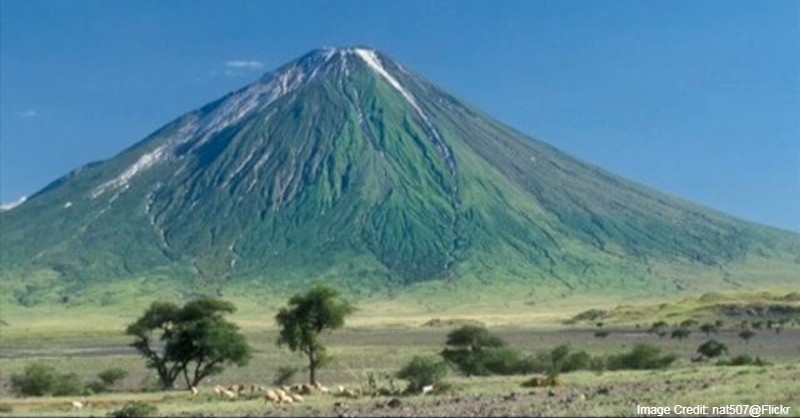The island of Hawaii is made up of five volcanoes, one of which is the Mauna Loa. This large active volcano, which has been erupting for over 700,000 years, is a tourist attraction near me.
Mauna Loa is the largest sub-aerial volcano and the second-largest volcano after Tamu Massif. Its highest point reaches an elevation of 13,679 ft, and its volume is 18,000 cubic miles. It gets its name from the local language, meaning “Long Mountain.”
The volcano is estimated to be between 1 million and 700,000 years old, making it the second youngest of the five Hawaii volcanoes. It remains active, with a recorded 33 eruptions since recording started in 1843, and the last eruption happening in 1984. This is the longest the volcano has been quiet.
These eruptions are generally gentle, with low-level eruptions, characteristic of the Hawaiian volcanoes. The lava will usually advance at a walking pace. The only casualty since 1924 happened when a rock hit an onlooker. Nonetheless, it is labeled a “Decade Volcano” worthy of study because of its history of large eruptions, and proximity to populated areas. The volcanos also cause significant property damage as the lava creeps forward.
You can drive up Mauna Loa, or hike it, though be prepared for a steep incline. The observatory at the top of the volcano is not open to the public. The volcano has a tropical climate, with warm temperatures lower down, and cold temperatures at the summit. A better way to see the volcano is from the air, and various helicopter tours are available.
You can also visit the Hawaii Volcanoes National Park, which straddles both Mauna Loa and neighboring Mauna Kea. There is a visitor’s center on-site, and you can hike out from the center. On these hikes, you will find steam vents and craters.






